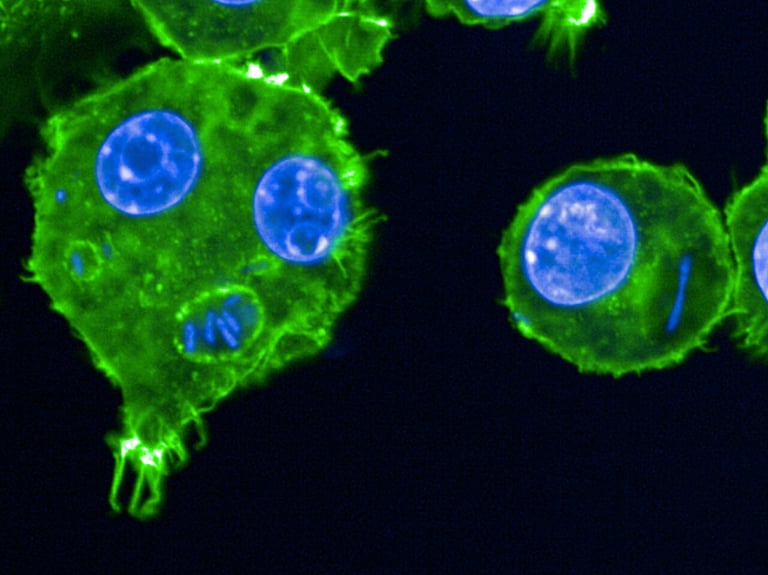Gene Adaptation in Yersinia Pestis Key to Plague's Historical Persistence and Evolution
May 29, 2025
This trend of pla gene loss suggests that as Yersinia pestis evolved, it became less harmful to its hosts, thereby enhancing its ability to spread.
Notably, the research found parallels between ancient and modern strains of Yersinia pestis, indicating similar evolutionary changes in the pla gene during the pandemics' progression.
The evolutionary changes observed occurred approximately 100 years after initial outbreaks, with similar patterns noted in modern strains found in Vietnam.
Despite these findings, virulent strains of Yersinia pestis still circulate today, causing ongoing mortality in regions such as Africa, South America, and India.
While current Y. pestis infections can be treated with antibiotics, some strains have developed antibiotic resistance, highlighting the need for vaccine development against bubonic plague.
Yersinia pestis has caused three major pandemics: the Plague of Justinian in the mid-500s, the Black Death in the 14th century, and the ongoing third plague pandemic that began in 1855.
The reduction in the pla gene allowed infected rats to live longer, enhancing the pathogen's reproductive success and ensuring its persistence within host populations.
In earlier stages of the pandemic, a higher copy number of the pla gene correlated with increased virulence and faster mortality among infected hosts.
The third plague pandemic continues today, with cases reported in Madagascar and the Democratic Republic of Congo, despite the availability of antibiotics.
The study's lead author, Hendrik Poinar, emphasizes that this research is one of the first to investigate an ancient pathogen's evolution to better understand its virulence and eventual extinction.
Researchers from McMaster University and France's Institut Pasteur have uncovered how a single gene adaptation in the plague bacterium Yersinia pestis has allowed it to persist throughout human history, impacting its virulence and infection duration.
The study, published in the journal Science, reveals that genetic analysis of ancient and modern plague samples showed a decrease in the copy number of the pla gene over time, leading to a 20% reduction in mortality and longer infection durations for hosts.
Summary based on 4 sources
Get a daily email with more Science stories
Sources

Phys.org • May 29, 2025
How the evolution of a single gene allowed the plague to adapt, prolonging the pandemics
Popular Science • May 29, 2025
How the bubonic plague has survived for centuries
Live Science • May 29, 2025
Single gene may help explain the plague's persistence throughout human history